My favourite painting: Raynor Winn
The award-winning writer chooses a beautiful landscape.

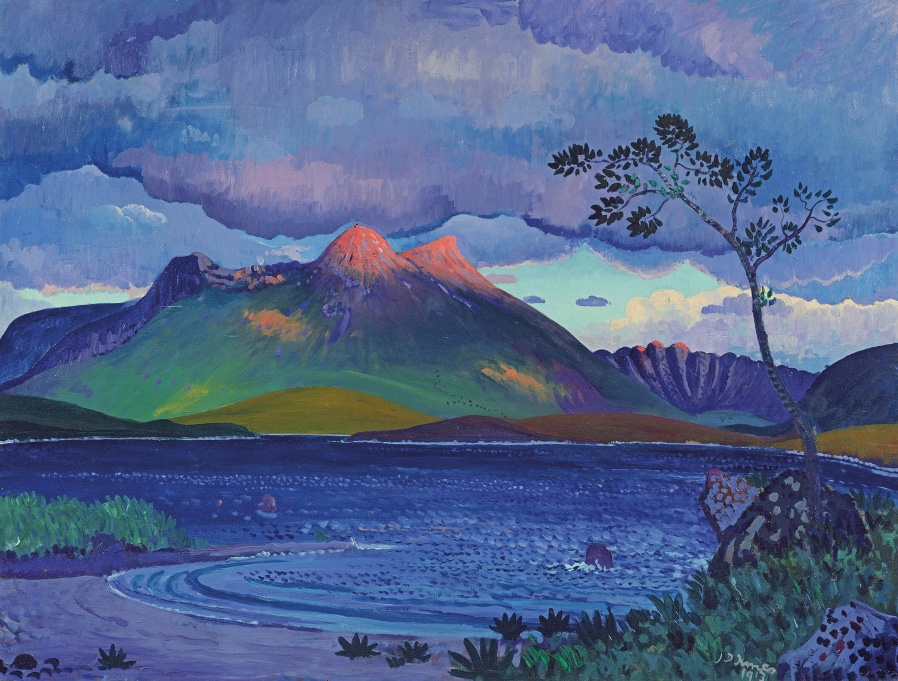
Raynor Winn on her choice of Arenig, North Wales by James Dickson Innes
‘James Dickson Innes was drawn to Arenig Fawr, a mountain in Snowdonia, north Wales, returning to paint it many times. Whether he was attracted to the changing light or the wild, empty landscape from which the summit emerges, we’ll never know, but he had a passion for the mountain, even describing Arenig as “his best girl”.
'I recognise that magnetic pull a landscape can hold; how it can speak to your changing mood. Many of his Arenig paintings are dark, even foreboding, but this is different—in an otherwise blue scene of threatening cumuli, a shaft of pink sunlight plays across the mountain top, offering the possibility of hope just out of reach.’
Raynor Winn is a long-distance walker and writer. In her latest book, Landlines, she describes how she and her husband, Moth, walk from Cape Wraith to Cornwall.
Charlotte Mullins comments on Arenig, North Wales
Welsh landscape painter James Dickson Innes died in Kent of tuberculosis when he was 27, less than a month after the start of the First World War. He had been diagnosed as consumptive as a young man and travelled abroad to try to alleviate symptoms, spending time in Collioure in southern France, close to the Spanish border.
From there, he could see the Pyrenees and he took to painting them, first in an Impressionist style and later using the flatter, hotter colours of post-Impressionists, such as Henri Matisse. His heart, however, remained in Wales and, in 1911 and 1912, he spent extended periods wandering the rugged landscape of what is now Snowdonia National Park with fellow painters Augustus John and Derwent Lees.
Where Cézanne had Mont Sainte-Victoire, Innes was drawn to Arenig, a multi-peaked Welsh mountain that he sketched and painted from the shores of Llyn Tegid. He buried love letters on its peak and studied it from multiple angles. This version was completed in 1913 and is the largest he painted. It captures the early morning sun warming its upper reaches, turning the summit salmon pink when the rest of the landscape is still sleeping, emphasised by the cool, blue tones.
The singular tree that arcs its trunk towards the summit brings to mind Cézanne’s Mont Sainte-Victoire with Large Pine (about 1887) and Monet’s windswept tree that drapes itself over distant mountains in Antibes (1888). But the flat sky and decorative dots and swirls across the wind-chopped lake push beyond, towards Matisse.
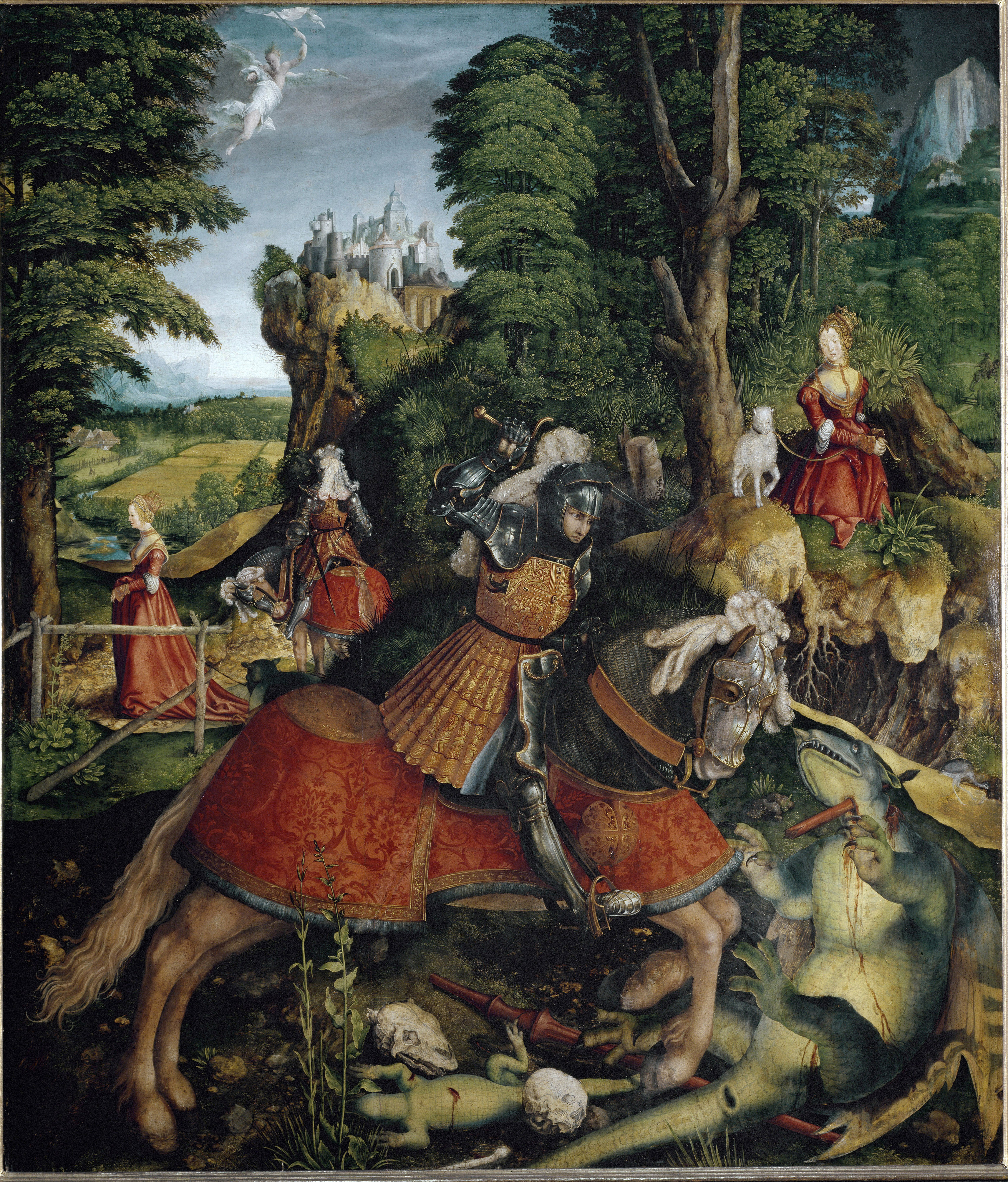
My favourite painting: Tug Rice
New York based artist Tug Rice chooses St George and the Dragon by Leonhard Beck.
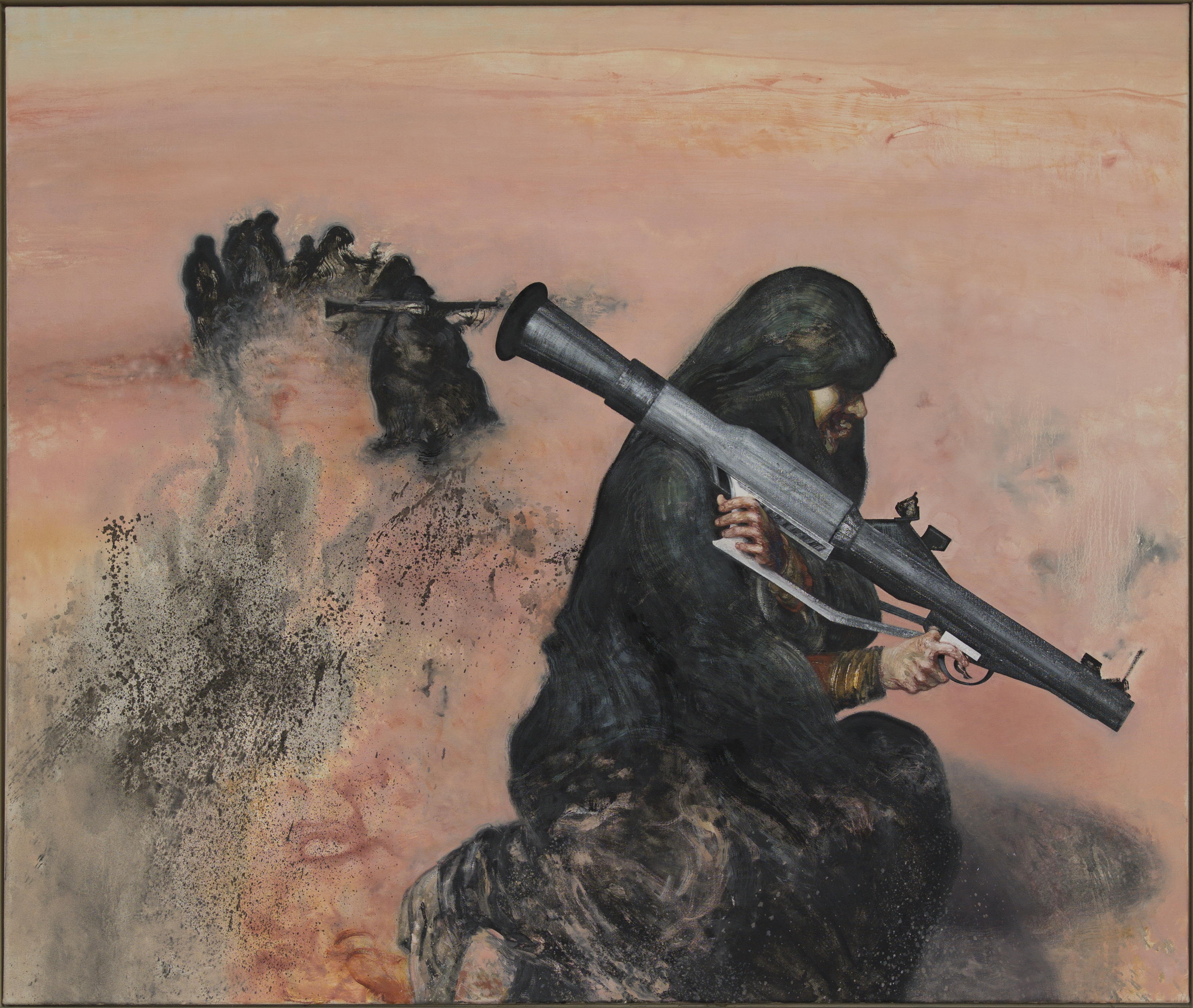
My favourite painting: Dr Kate Pretty
Dr Kate Pretty, founder of the Young Archaeologists' Club and former principal of Homerton College, Cambridge, chooses Gulf Women Prepare
Exquisite houses, the beauty of Nature, and how to get the most from your life, straight to your inbox.
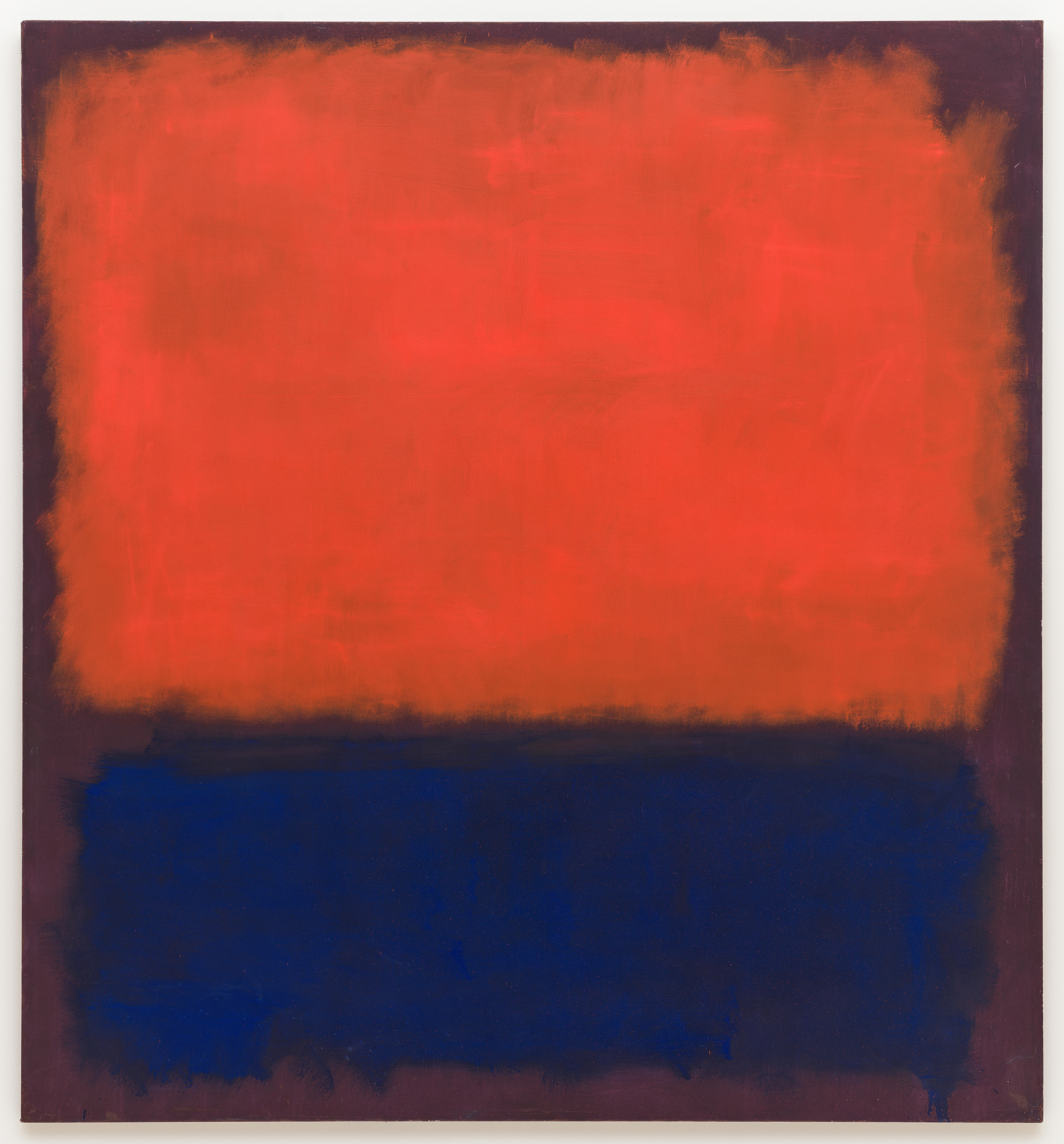
My Favourite Painting: Marie Soliman
Interior designer Marie Soliman chooses an unforgettable image by Mark Rothko, one of the most distinctive modern artists of the
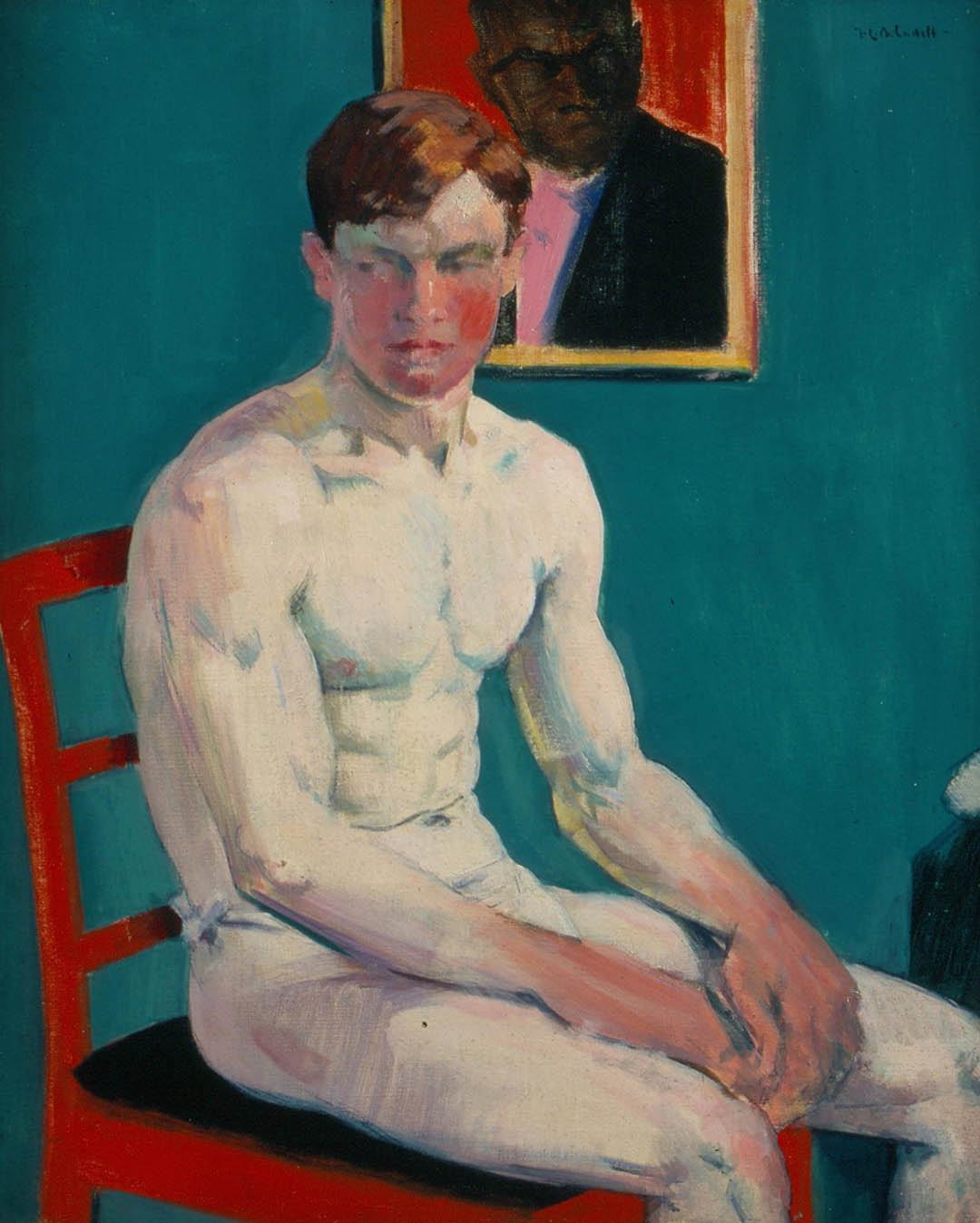
My Favourite Painting: Luke Edward Hall
Designer and writer Luke Edward Hall chooses an image painted by a charismatic dandy known as ‘Bunty’.
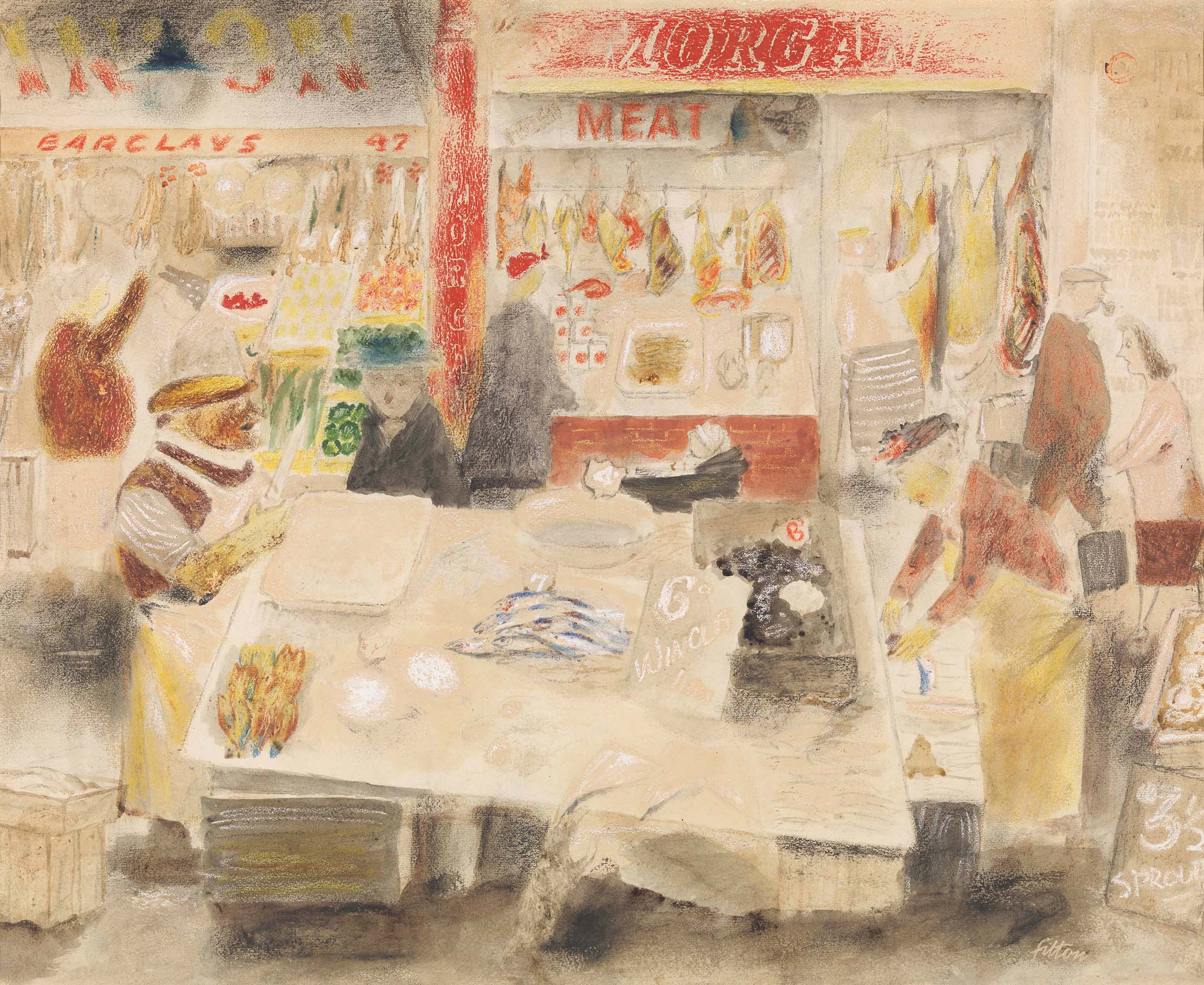
My Favourite Painting: Ameer Kotecha
Food writer Ameer Kotecha chooses a picture whose creator clearly loves food as much as the rest of us.

Charlotte Mullins is an art critic, writer and broadcaster. Her latest book, The Art Isles: A 15,000 year story of art in the British Isles, will be published by Yale University Press in October 2025.